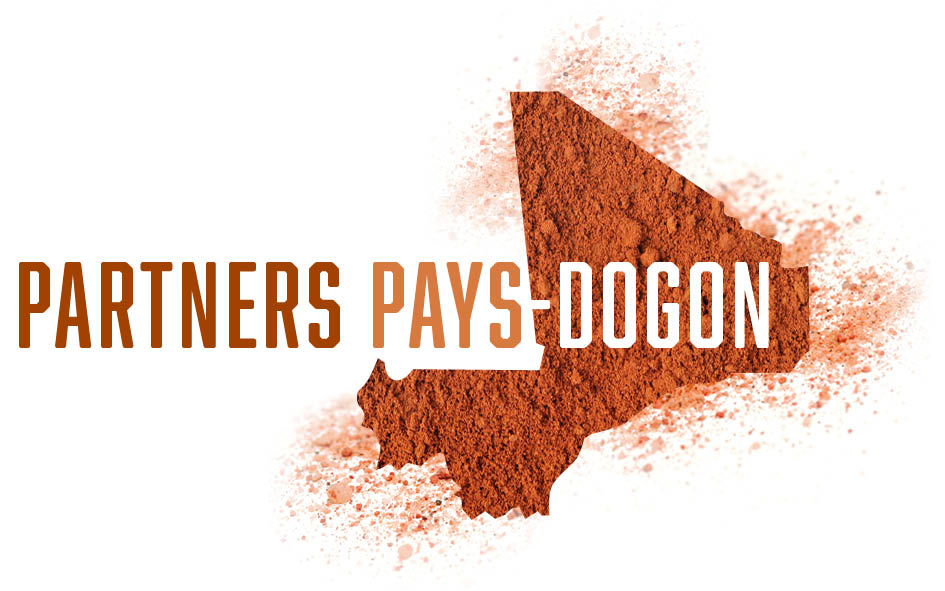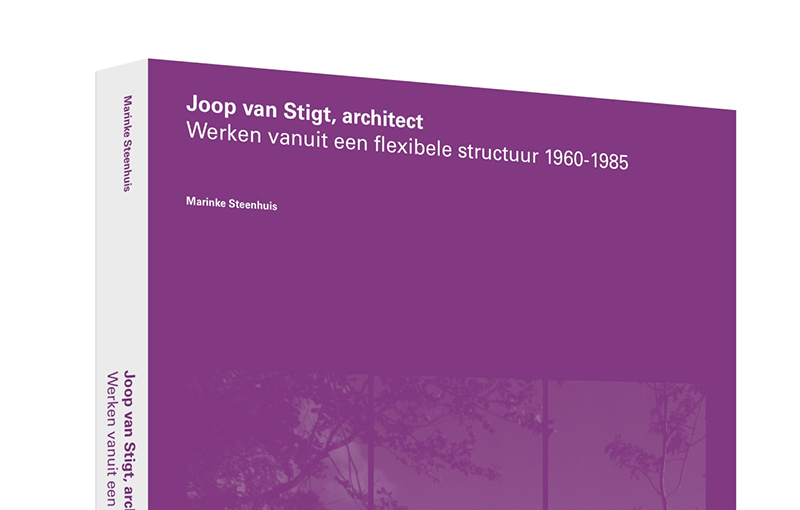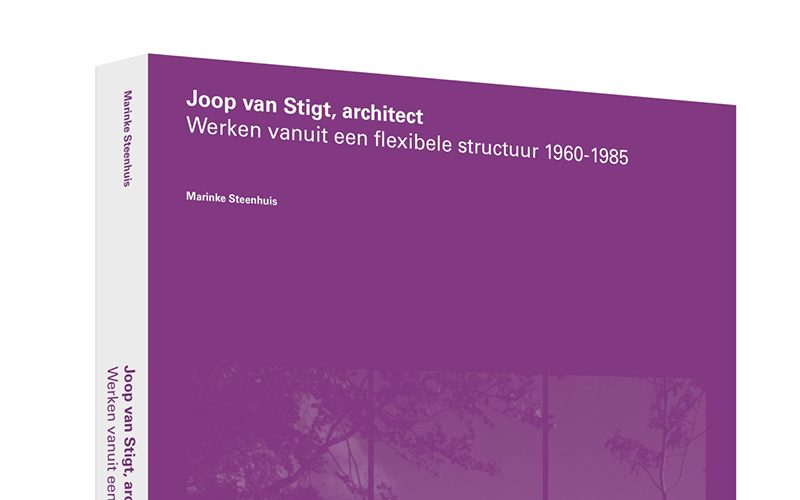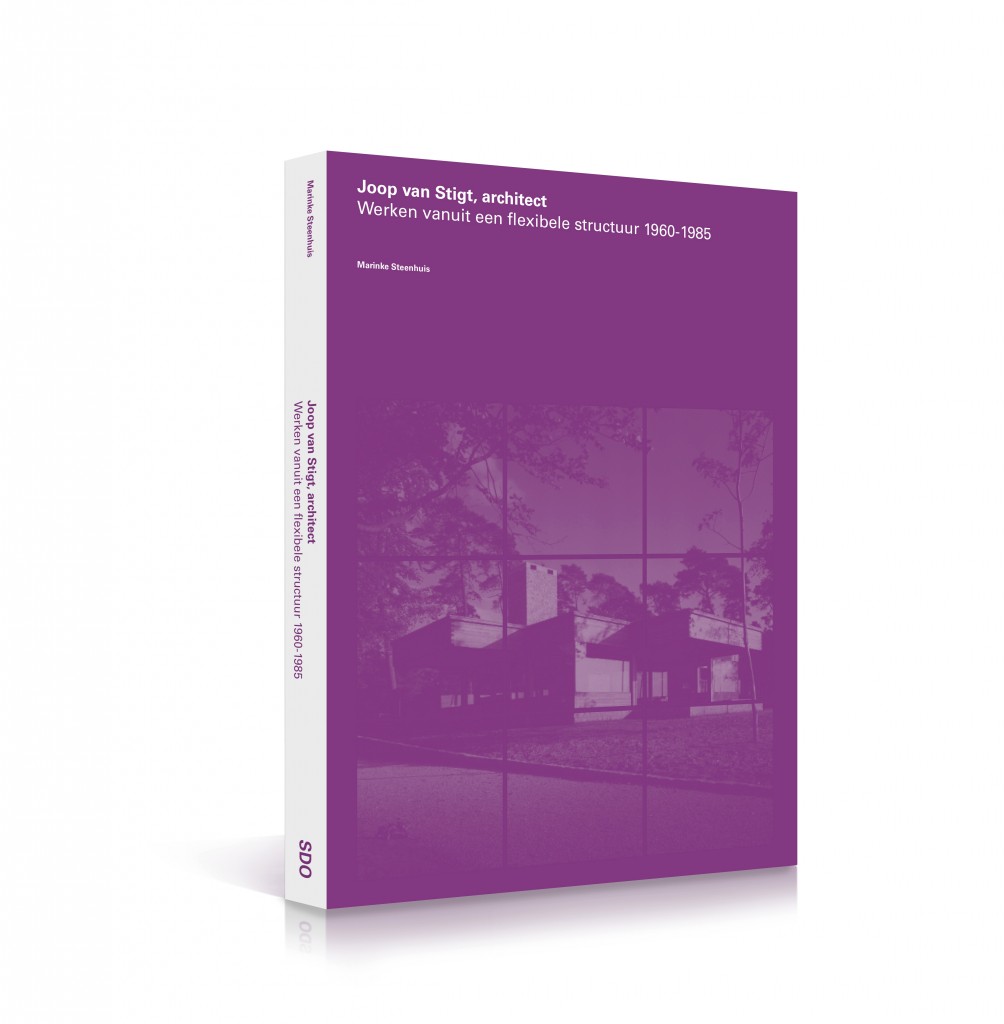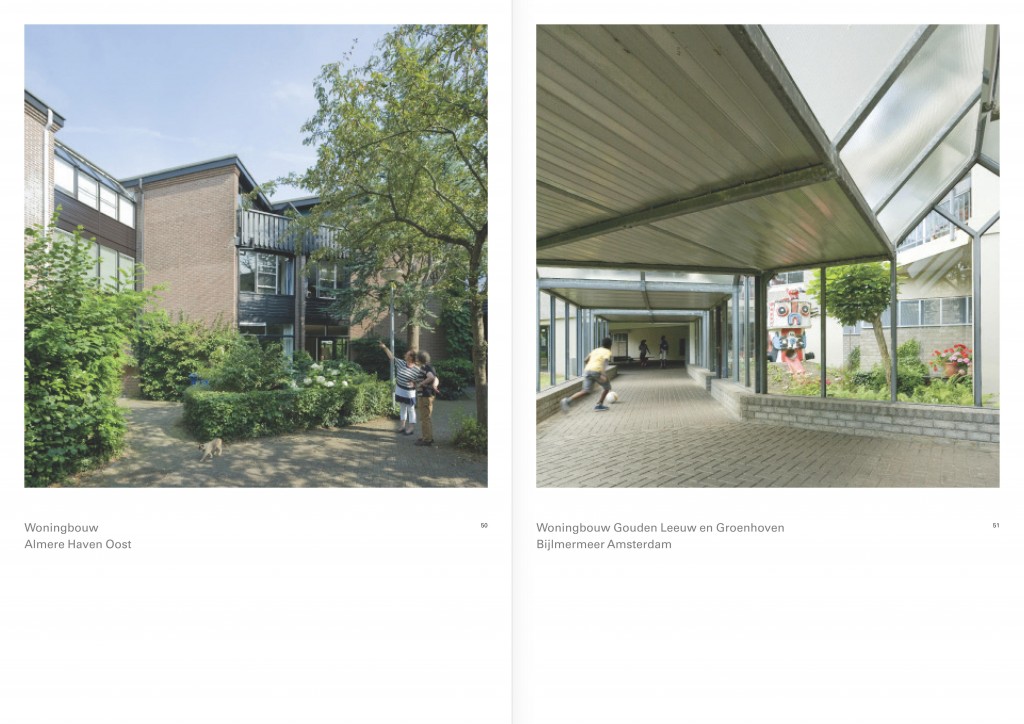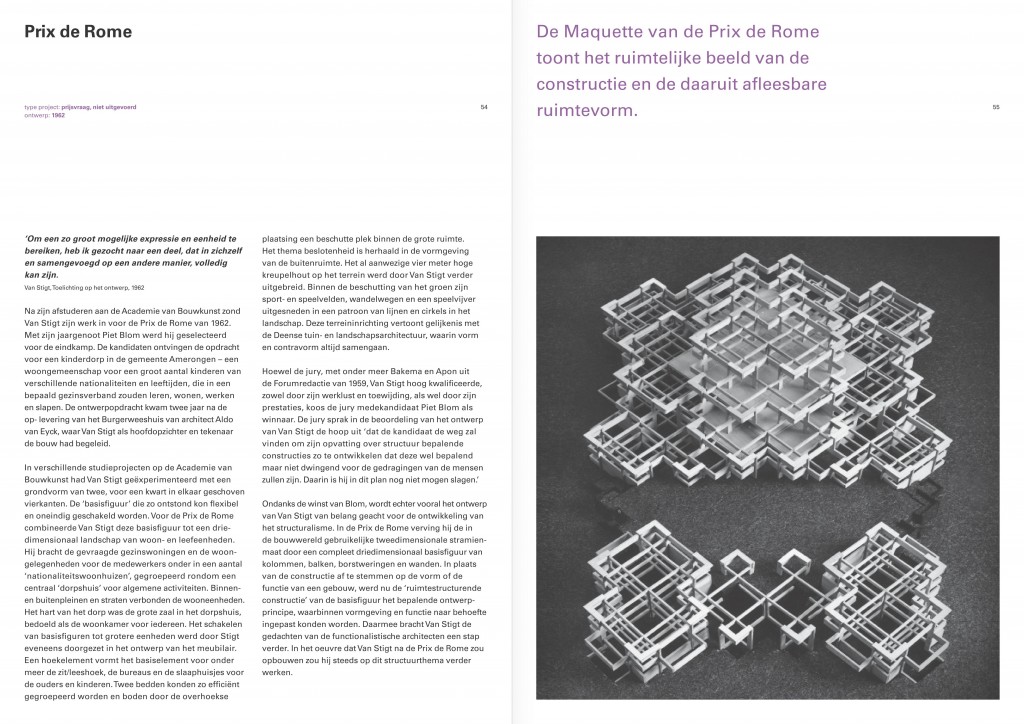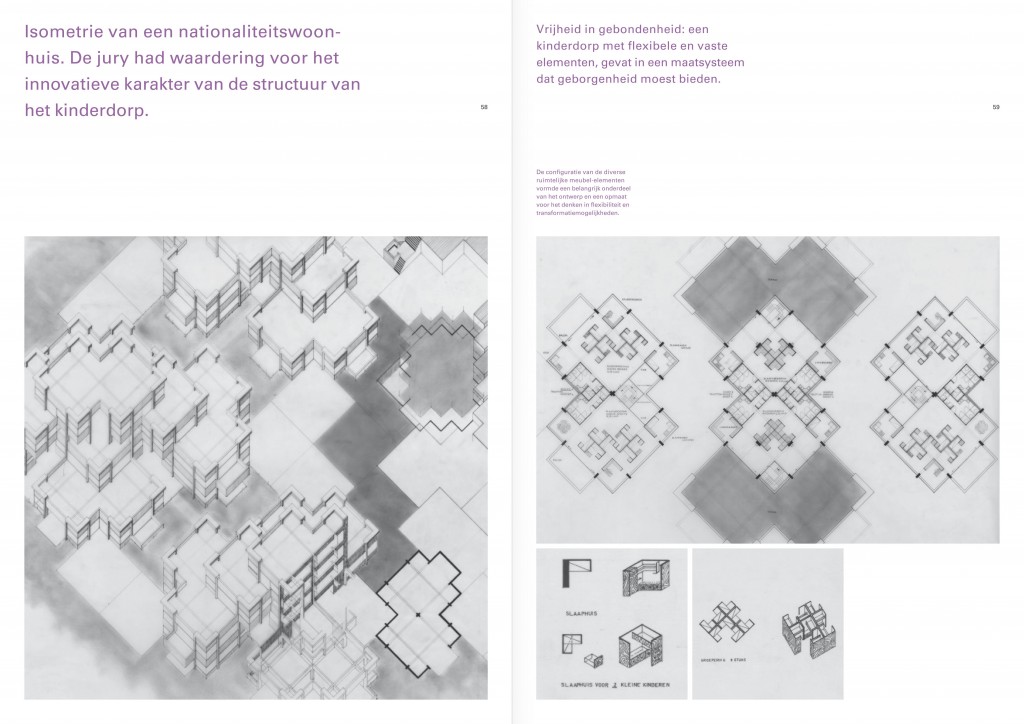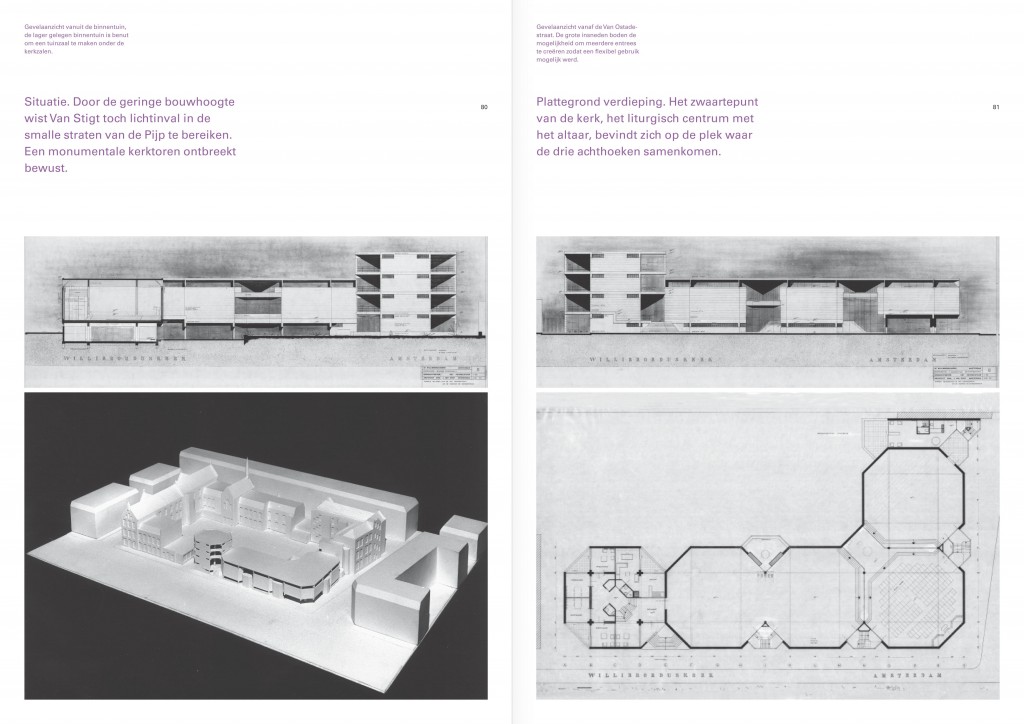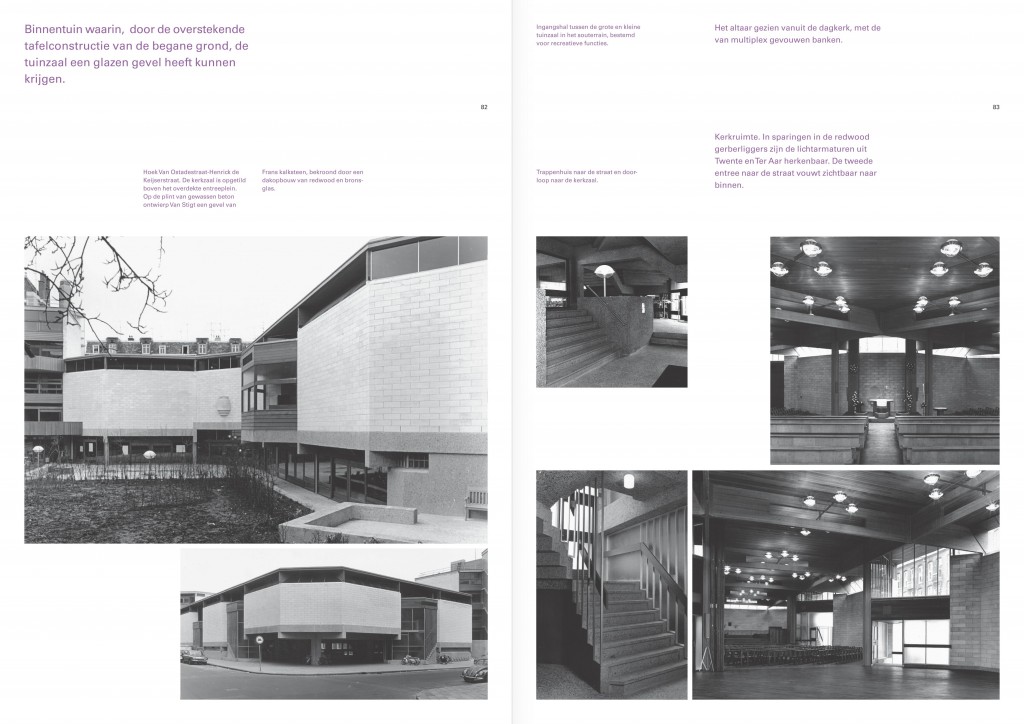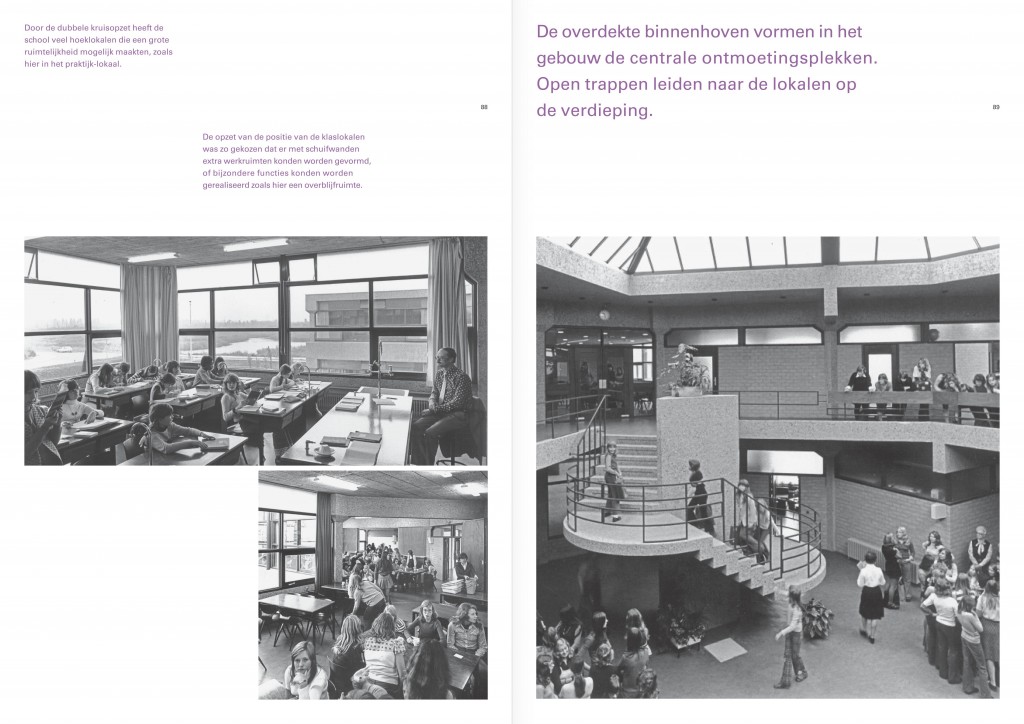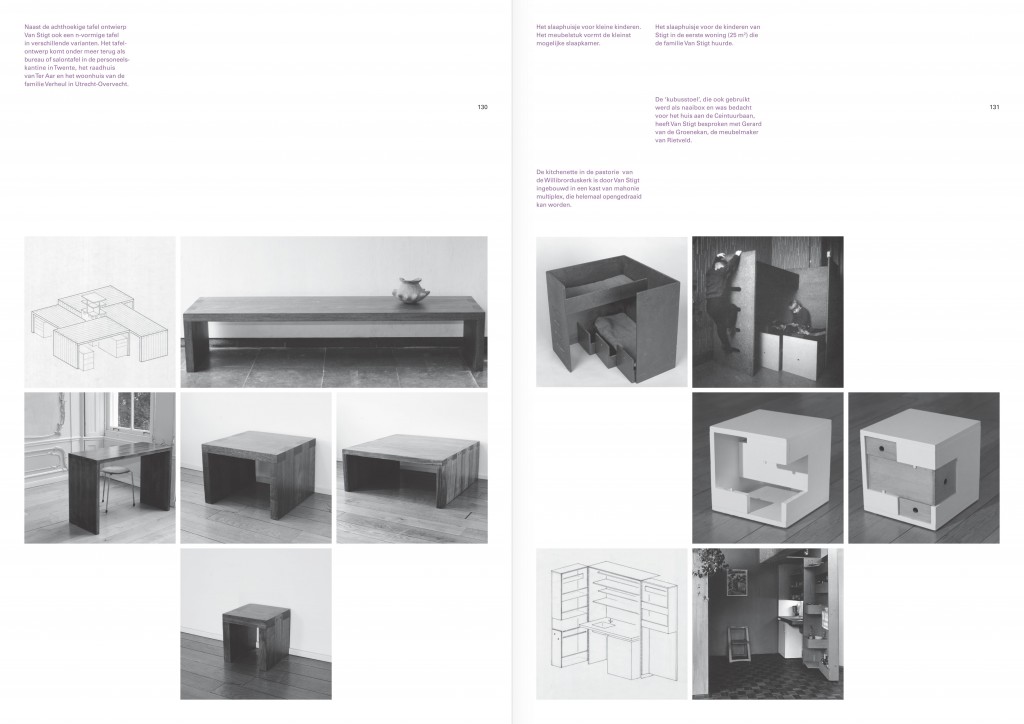On the 20th of September 2014 the first book about Joop van Stigt’s collected works was presented in Het Nieuwe Instituut in Rotterdam. The book launch was connected with the opening of an exhibition about structuralism at the institute. The book can be ordered from PPD and a few selected book stores. Prize: €19,50 excluded sending costs.
If you transfer €26,00 to IBAN nr. NL27INGB0004538261 (Partners Pays-Dogon) mentioning your post address and ‘boek van Stigt’, we will happily send you a copy of the book. If you would rather receive an invoice, you can also order by sending an email to info@partnerspaysdogon.nl. De profit of the book sale will be used for our projects in Mali.
N.B.: The book about Joop van Stigt’s work is being published under the name of the Foundation Education Dogon. Production of the book and its publication have naturally not been financed by the foundation.
The book is in Dutch.
…………………………………………………………………………………………………………………………………………………………………………………………………………………………………………..
Joop van Stigt, architect
Working from a flexible structure 1960 – 1985
Marinke Steenhuis
Architect Joop van Stigt (1934 – 2011) has left behind an unconventional and unique oeuvre, characterized by three phases that influenced and reinforced one another. In the first 25 years of his professional life, he designed buildings and residential neighborhoods that can be counted as being part of the structuralism school in architecture. From 1980 onwards his focus changed towards re-allocation of buildings, an endeavor he undertook with his son André van Stigt. His enormous expertise in the latter matter led to his appointment as professor of Renovation and Maintenance-techniques at the Technical University in Delft. After leaving the TU, van Stigt started a third chapter in Mali. Here he educated brick masons , built schools and a municipality building. In all three phases of his life, van Stigt was innovative and successful. His three ‘careers’ should not be seen as three separate periods where he rediscovered himself completely, but as the three mutually-transformative pillars of his oeuvre.
This book has as its focus the first phase of his career – his development into becoming an architect and his body of work until the 1980s. His constructive contribution to the main team of architectural structuralism – the development of a three-dimensional modular building system – is of great importance as a design methodology. With his work, van Stigt has shown how his system was reason for new configurations, choice of material, and arrangement of spaces time and again, despite the constant proportionality. His work remains innovative and modern, and may be of worth for the transformation projects of today.
Van Stigt’s mission can be summarized as the answer to an appeal by Van Tijen in 1961: ‘I hope and expect that the modern way of building will become free to the degree that its design will follow all human necessities, in all its turns and transitions, and that it will surpass its austerity, just like modern furniture has.’
Tentoonstelling: Structuralisme
20-09-2014 tot 11-01-2015
Ruimte maken, ruimte laten
Onder de titel Structuralisme opent in het najaar 2014 in de grote zaal van Het Nieuwe Instituut een tentoonstelling over het Nederlandse Structuralisme, een stroming in de architectuur die eind jaren 50, begin jaren 60 afstand nam van de technocratische planning waarmee de naoorlogse wederopbouw van het land ter hand werd genomen. In plaats daarvan vroeg het ruimte voor de poëtische en emotionele kanten van de architectuur om zo tot een volwaardig menswaardige leefomgeving te komen.
De tentoonstelling is te zien van 20 september 2014 tot en met 11 januari 2015. Het is een dubbeltentoonstelling: een deel wordt samengesteld door architect Herman Hertzberger, het andere deel vormt het startpunt van een meerjarige wetenschappelijk onderzoek door het Jaap Bakema Study Centre onder leiding van Dirk van den Heuvel.
